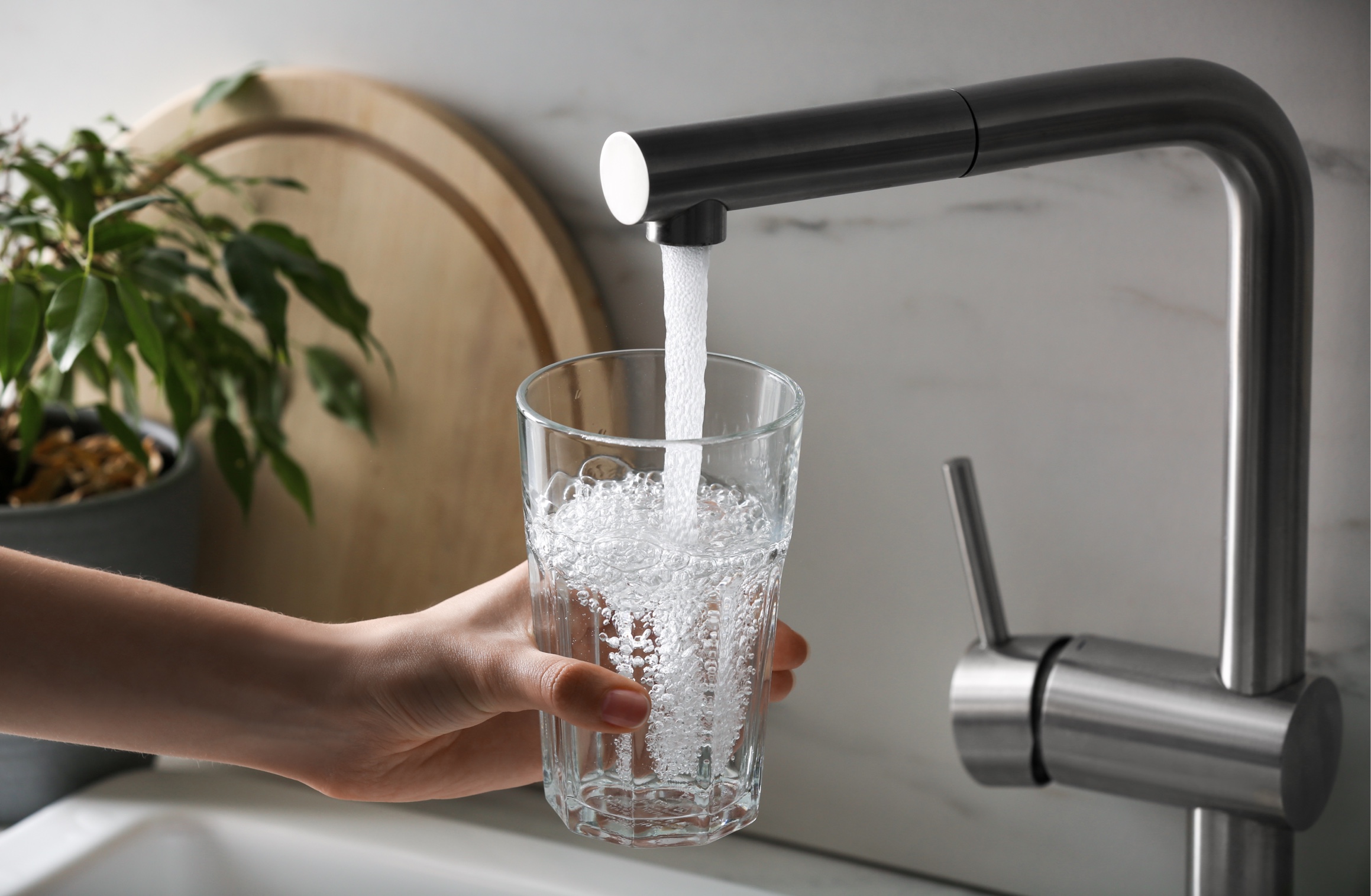Why must lead levels in water be kept low?
Exposure to lead can be harmful to our health, especially for unborn babies and young children. So, it’s important to keep lead levels in drinking water low.
How can lead get into the water?
Water leaving our supply works doesn’t contain lead.
Modern service pipes (made up of the communication and supply pipes that bring water into your property) are made of blue polyethylene. Lead service pipes were phased out and made illegal 50 years ago. Some properties built before 1970 may still have lead pipes in them, or connecting to the water mains. Properties built after 1970 are unlikely to.
Lead can get into drinking water that it has been in contact with for an extended period, such as overnight. The longer water is in contact with lead, the more lead is likely to be in it. If a lead pipe is damaged or flattened (which can happen when driveways and paths are replaced) the amount of lead that can get into the water increases. As well as lead supply pipes, lead can also enter water through lead solder joints, lead-lined tanks or plumbing fittings and taps. Read more about our drinking water standards.











